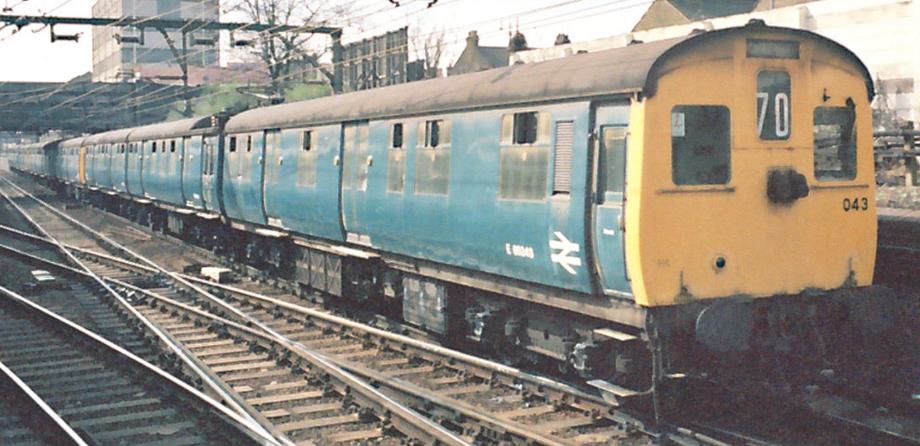Class 306 Profile and Models

306043. Unknown location and date. ©Public Domain
|
The British Rail Class 306 was a type of electric multiple unit (EMU) introduced in 1949. It consisted of 92 three-car trains which were used on the Great Eastern Main Line between Shenfield and London Liverpool Street. Class 306 trains were built to a pre-World War II design by Birmingham Railway Carriage and Wagon Company (Driving Trailer) and Metro Cammell (Driving Motor Brake and Trailer) and were equipped with Metrovick traction equipment Crompton Parkinson traction motors. When built the trains were energised at 1,500 V direct current (DC) which was collected from overhead wires by a diamond pantograph located above the cab on the Motor Brake Second Open (MBSO) vehicle. From 1959 to 1961 the overhead wires were re-energised at 25 kV alternating current (ac) (and 6.25 kV ac in the inner London areas where headroom for the overhead wires was reduced) and the trains were rebuilt to use this different electrical system. The Class 306 trains were withdrawn in the early 1980s, with 306017 preserved at Ilford depot. In the early 2000s, it was restored to operational condition by First Great Eastern. |
|
|
Type of Unit |
Electric Multiple Unit |
|
Builder |
Metro-Cammell & BRCW |
|
Build Dates |
1949 |
|
Total Built |
92 sets |
|
Coaches Per Unit |
3-car |
|
Capacity |
170 seats |
|
Power Output |
628hp |
|
Top Speed |
75 mph |
|
Operated By |
British Rail |
|
Main Duties |
Local Passenger |
|
In Service Until |
1981 |
|
Surviving Examples |
1 set |